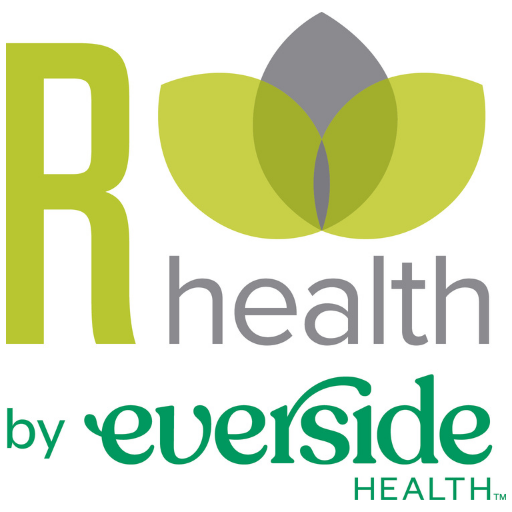Do I need the flu shot?
Still deciding whether you should get the flu shot? Just about everyone needs ones and it offers countless benefits.
Every year, a small needle prick can lower your risk of getting the flu while also protecting the people around you. It’s important that you get the flu shot yearly because the flu viruses are constantly changing and over time your immunity decreases.
Most people have heard of the flu but don’t know the extent of its severity. If you catch the flu it could result in hospitalization or even death. Here are some statistics from the Centers for Disease Control and Prevention that may encourage you to get your flu vaccination this year.
- During the 2016–2017 season, vaccination prevented an estimated 5.3 million illnesses, 2.6 million medical visits, and 85,000 influenza-associated hospitalizations.
- A 2017 study was the first of its kind to show that flu vaccination can significantly reduce a child’s risk of dying from influenza.
- A 2018 study showed that among adults hospitalized with flu, vaccinated patients were 59% less likely to be admitted to the ICU than those who had not been vaccinated. Among adults in the ICU with flu, vaccinated patients on average spent 4 fewer days in the hospital than those who were not vaccinated.
It is recommended that you try to get the flu vaccine by the end of October. However, if you don’t get the vaccine by then, that doesn’t mean you shouldn’t. You can get vaccinated at any time throughout the flu season. But don’t wait too long, it takes 2 weeks for your body to develop immunity after you get the flu shot. Make an appointment with your primary care doctor or local pharmacy and get vaccinated today.

